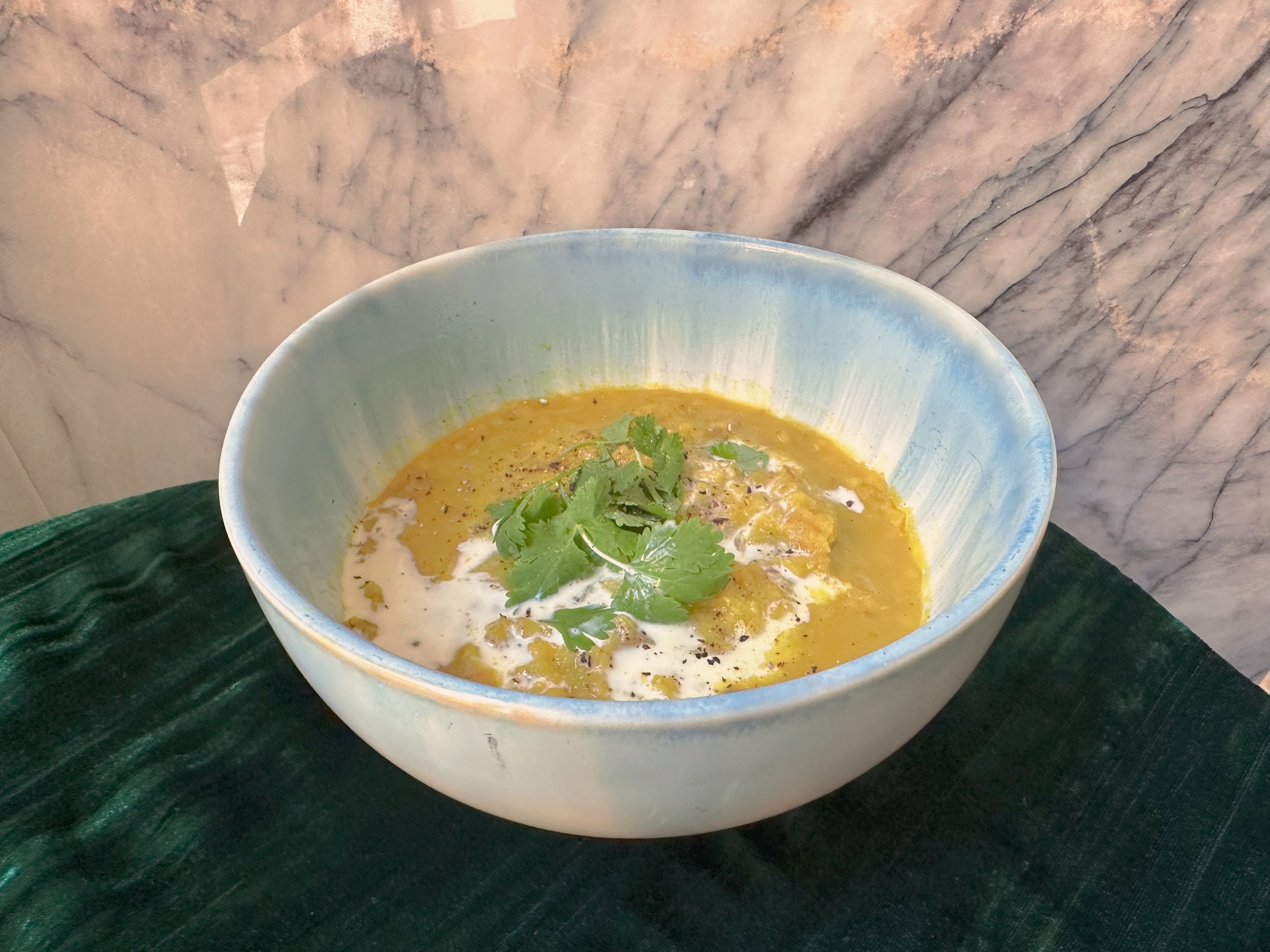Do you have fever phobia?
/If you child has a temperature and you'd like guidance click here
All parents can relate to the primal fear felt upon discovering a small child has a fever. Your heart drops and there’s lead in your belly. Fevers are frightening for all parents. Your child is ill and it’s terrifying
Fever may be indicative of a sinister illness, and especially in a young baby needs a medical diagnosis by a doctor. All babies under 3 months old with fever need to see a doctor for a professional diagnosis.
Most likely though, the fever is not sinister, and after the infection has run it’s course, maybe a day or two later, all will be well again.
It’s very common to treat fever with paracetamol or ibuprofen. However fever is your bodies way of fighting off infection. A higher body temperature activates immune cells and provides an inhospitable environment for invading pathogens. Treating your child’s fever may prolong the infection and even lead to chronic and recurring symptoms.
The majority of feverish illnesses do not present a serious threat however treating all fevers with paracetamol may be aborting important natural healing processes.
Modern studies are correlating paracetamol use with high incidences of chronic sinus problems, phlegm, swollen glands, ear infection and allergic eczema, especially in children.
Could the use of paracetamol to bring down fever result in infections that don’t clear up completely leading to ongoing problems?
Evie was about three or four weeks old when she had her first fever. I think just on 38 deg C was as bad as it got, so it was only slight, but enough that I was highly concerned. We went off to the doctor. Andy came with me. I believed the fever was fighting the infection, my husband was unsure and concerned. I asked the GP if we should let the fever to fight the illness rather then give panadol to bring the fever down. He told me that it’s better to make the child comfortable and not proven that giving panadol prolongs the illness.
His comment was misleading.
There’s plenty of data that indicates fever is beneficial for illness.
I understand the popularity of panadol. Giving panadol makes you feel like you’re doing something.
It’s such a relief to see the temp come back down again. It makes you feel like they’re getting better. That the nightmare is over. But it’s not true, it’s an illusion. The panadol was making everyone feel better, but it wasn’t fixing the illness. It was a bandaid.
My 10 month old son woke up with his second fever in the space of a week .The Tuesday before he’s had an overnight fever that seemed to be ok in the morning. Some slight gastro issues but otherwise good.
Now it was Sunday morning and his temp was up at 39.5 again. He was miserable. As is the advice if your child is miserable give panadol I gave him some panadol. Every 4 - 6 hours thereafter his temp would shoot back up. My husband and I were, of course, concerned.
Although he wasn’t always miserable we continued to give panadol. Under the pain relief John John would charge around the floor playing, cooing and exploring like he was invincible. Like he wasn’t sick. Then the panadol would ware off and his fever would climb back up again. He needed rest, rest he wasn’t getting under the influence of the paracetamol. After 24 hours I decided to let the fever run. He wasn’t getting better, we needed to try something else.
I sat there with him in my arms, he was breastfeeding, uncomfortable but coping. Lying still. He was healing. I was checking his temp every minute or so. 39.5 39.7 39.4 My husband couldn’t bare it however and fearful that the fever itself was somehow damaging insisted on another dose of panadol. And so on. Andy was ringing around talking to family members. They were all deadset that the fever MUST COME DOWN. They had fever phobia.
"Fever phobia is the name given by medical experts to parents' misconceptions about fever in their children. Among them, many parents incorrectly believe that fever is a disease rather than a medical sign, that even low fevers are harmful, and that any temperature even briefly or slightly above the oversimplified "normal" number marked on a thermometer is a clinically significant fever (1). They are also afraid of harmless side effects like febrile convulsions and dramatically overestimate the likelihood of permanent damage from typical fevers.
The underlying problem, according to professor of pediatrics Barton D. Schmitt, is "as parents we tend to suspect that our children’s brains may melt.”
Febrile convulsions are fits that occur in about 1 in 30 children with a high temp. In nearly all cases these convulsions aren’t damaging and have no long-term effects. The convulsions are usually over within two minutes. If the fits continue for over five minutes there is some cause for concern. A child’s temperature needs to reach 42 before the heat becomes damaging.
Here are some of the findings indicating fever is beneficial for illness.
The higher the temp on admittance to hospital with bacterial infection the lower the death rate.
This indicates that by bringing the temperature down the immune system is compromised in doing it’s job.
And this further information explained by Dr Paul Young, fever researcher
Treating a Fever
increases death rates from infections in animals
worsens nasal symptoms in children with colds
prolongs blisters in children with chickenpox
blunts the immune response triggered in children in response to vaccinations.”
Most feverish illnesses are not dangerous however it's common to treat all fever with paracetamol.
By bringing down the fever we could be halting our natural healing processes.
Modern studies are correlating paracetamol use with high incidences of chronic sinus problems, phlegm, swollen glands, ear infection and allergic eczema, especially in children.
Could the use of paracetamol to bring down fever result in infections that don’t clear up 100% and lead to these long-term problems?
By letting the fever run it’s course you’re giving the immune system the best chance at a quick resolution.
What to do when your child has a temperature?
First of all we need to rule out a dangerous infection such as Meningitis or Pneumonia. See a doctor and get a diagnosis. All children under 3 months old must see a doctor if they have a fever. - Anything above 37.3.
After a medical diagnosis has ruled out a serious infection the fever can be managed or even nurtured.
For the fever itself to do any damage the childs temperature needs to reach 42 deg celsius. This is very rare.
Some background info:
At the beginning of a fever blood is directed away from peripheral organs and to the centre of the body and muscles begin to shiver in order to raise heat. The patient feels cold and seeks out warmth, further enabling the fever to rise.
When the temperature is rising the patient feels cold
When the body temp rises to a new level of stability, the symptoms of chill lesson. The circulation to the periphery opens up, the patient begins to sweat, clothing and coverings are thrown off. The patient feels hot as the temperature falls
The fever has broken
In a baby under 6 months old plenty of breastfeeding and cuddles are all they need.
For older children.
Bedrest. Cuddles. nurturing.
Plenty of fluids.
A diaphoretic tea may help the child feel more comfortable once the fever has broken.
Any or all of these herbs can be prepared into a tea at home
Peppermint leaves
Elder flower
Yarrow
Chamomile
For a baby a tsp of each in a tea strainer and pour hot water over the top into a cup. Allow to cool and then allow the child to sip. For an older child the tea can be steeped for a bit longer.
The peppermint and chamomile can be found in the supermarket. Elderflower and Yarrow can be sourced from a dried herb supplier.
Theres one in the Fremantle markets.
Just use peppermint and chamomile if the yarrow and elderflower are unavailable.
Create and infuse with healing intention.
For John John I made a weak tea of peppermint by pouring hot water through a tea strainer filled with peppermint leaves. He seemed to like it.
Another Consideration: Raising a Fever
It may be beneficial to help the body raise a fever to fight off infection. So in the onset of illness, certain heat raising immune stimulating herbs may be called for to aid in recovery. Ginger, garlic and cinnamon, a tsp of each stirred into a tea and allowed to sit for 5 or 10 minutes, and then sipped by the patient.
Prepare them by popping them into bed, a minimal fresh diet and plenty of fluids.
Helpful Links and Resources:
http://www.health.vic.gov.au/edfactsheets/downloads/fever-in-children.pdf
http://www.abc.net.au/health/talkinghealth/factbuster/stories/2012/07/31/3557498.htm
Crocetti M, Moghbeli N, Serwint J; Moghbeli; Serwint (June 2001). "Fever phobia revisited: have parental misconceptions about fever changed in 20 years?". Pediatrics. 107 (6): 1241–6. doi:10.1542/peds.107.6.1241. PMID 11389237.
Klass, Perri (10 January 2011). "Lifting a Veil of Fear to See a Few Benefits of Fever". The New York Times. Archived from the original on 29 September 2015.
http://www.health.vic.gov.au/edfactsheets/downloads/fever-in-children.pdf






































For the sake of better health, I want you to think seriously and honestly about what habits are impacting negatively on your health and what can you can do to avoid those triggers.